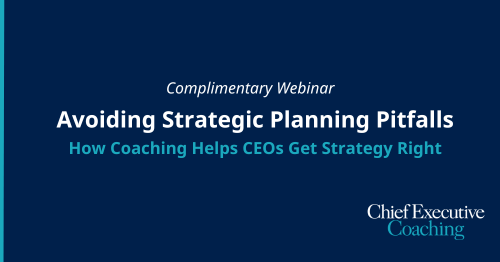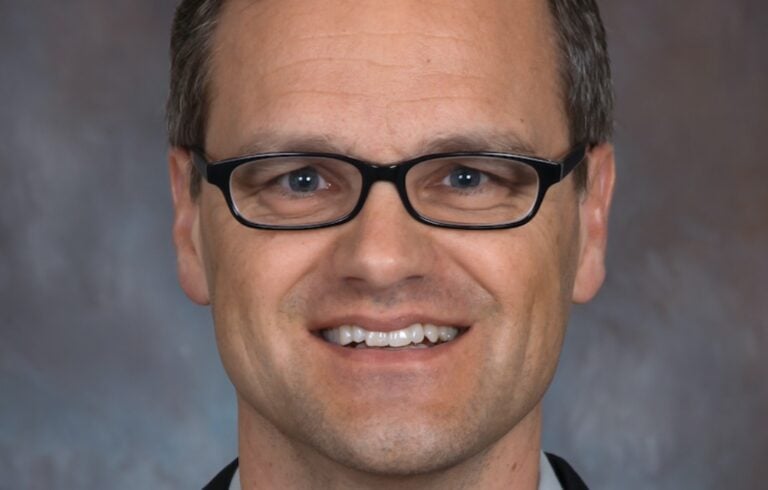
People—at all levels of an organization—are experiencing the loss of children, loved ones, community members, identities and homes. In many cases, and particularly after the past two years of the pandemic, this loss is both personal and collective, a shared trauma that is deeply felt by and throughout communities and across generations.
Understanding the science behind grief not only gives people the tools to move through it, but also offers insight into how we can support each other through our most challenging times.
Grief is neither linear nor predictable. Rather, it is delicate and complicated—and misunderstood.
Grief is often confused with depression, reduced to sadness or pain. But neuroscience research illustrates that grief recruits entirely different neural circuitry than depression and sadness do. What’s more, though popular understanding outlines five clear stages of grief, people don’t always experience each stage, and they don’t always experience them in order.
Counterintuitively, grief is associated with neural activity that controls reward-seeking, playing an important role in initiating behavior, performing actions and achieving desired goals. In the case of grief, people seek something that has been lost.
Rather than sadness or pain, grief is a state of yearning for something that is familiar, yet unobtainable. Grief involves the same areas related to motivation, craving, and pursuit. Understanding grief as a motivated state establishes grief as a process that has a beginning, middle and end.
Our attachments to people and things are maps—cartographic representations of our connections laid out in time, space and closeness. We understand our relationships in the context of where, when and how we were when they mattered to us.
When we are attached to someone, our brain makes a map of where they will be, when they will be there, and how we can get to them. Our attachment is based largely on our ability to predict these dimensions of space and time—on a reliable understanding of where and when we will see them again.
After a loss, our maps have to be reordered and redefined. They no longer represent the reality of our experience, and they will not help us find what we are missing. So why is adapting our maps so hard to do?
Because our attachments are based on memories. And our memories are intrinsically qualified by the space and time in which they took place.
We have a rich catalogue of experiences, stored as memories, that informs our future expectations. When we experience a loss, we do not delete that memory bank—the brain continues to make predictions about that person or thing based on our previous experiences. It maintains that close attachment, but can no longer accurately predict presence and absence, becoming disorientated.
The idea that someone or something no longer exists is something the brain can’t easily conceptualize. The brain relies on experience more than it relies on knowledge. We can hold knowledge that something is gone—but that knowledge conflicts with our memories.
Although many people find themselves feeling lost after loss, grief is navigable. Here are three ways leaders can support employees managing grief.
Set aside time for people to feel their attachment deeply. Consider offering extended bereavement leave. Avoid conversations about “what could have been if…”, which creates an infinity of alternatives that can be neither confirmed nor refuted. Counterfactual thinking does not support uncoupling emotional attachments from episodic memories; often, it strengthens them. This makes it hard for our brains to redefine the real parameters of the attachment.
Some people imagine their lost ones in a new time and space—like heaven. Often, people’s religions or other belief systems offer guidance. Allowing ourselves and others to place notions of where a person or thing exists in a new time and place releases them from our former expectations and experiences of them. This allows us to remap the attachment without undermining the intensity of the attachment itself. Acknowledge that many people have belief systems that inform the grieving process, and protect their freedom to express these beliefs.
Healthy grieving involves preserving how a person feels about an attachment without nursing the expectation that the things that happened before will happen again. This requires holding two realities in our minds at once, which often requires a great deal of effort. Work together to modify responsibilities and workloads, and adjust expectations, to accommodate the ups and downs of grieving. Encourage calendar blocks as needed. Acknowledge that grief is a process, and that it is hard.




Chief Executive Group exists to improve the performance of U.S. CEOs, senior executives and public-company directors, helping you grow your companies, build your communities and strengthen society. Learn more at chiefexecutivegroup.com.
0

1:00 - 5:00 pm
Over 70% of Executives Surveyed Agree: Many Strategic Planning Efforts Lack Systematic Approach Tips for Enhancing Your Strategic Planning Process
Executives expressed frustration with their current strategic planning process. Issues include:
Steve Rutan and Denise Harrison have put together an afternoon workshop that will provide the tools you need to address these concerns. They have worked with hundreds of executives to develop a systematic approach that will enable your team to make better decisions during strategic planning. Steve and Denise will walk you through exercises for prioritizing your lists and steps that will reset and reinvigorate your process. This will be a hands-on workshop that will enable you to think about your business as you use the tools that are being presented. If you are ready for a Strategic Planning tune-up, select this workshop in your registration form. The additional fee of $695 will be added to your total.

2:00 - 5:00 pm
Female leaders face the same issues all leaders do, but they often face additional challenges too. In this peer session, we will facilitate a discussion of best practices and how to overcome common barriers to help women leaders be more effective within and outside their organizations.
Limited space available.

10:30 - 5:00 pm
General’s Retreat at Hermitage Golf Course
Sponsored by UBS
General’s Retreat, built in 1986 with architect Gary Roger Baird, has been voted the “Best Golf Course in Nashville” and is a “must play” when visiting the Nashville, Tennessee area. With the beautiful setting along the Cumberland River, golfers of all capabilities will thoroughly enjoy the golf, scenery and hospitality.
The golf outing fee includes transportation to and from the hotel, greens/cart fees, use of practice facilities, and boxed lunch. The bus will leave the hotel at 10:30 am for a noon shotgun start and return to the hotel after the cocktail reception following the completion of the round.